Para leer este artículo en español, por favor vaya aquí. To read this article in Spanish, please go here.
“Walking, in particular drifting, or strolling, is already – with the speed culture of our time – a kind of resistance…a very immediate method for unfolding stories.” – Francis Alÿs
Lots of folks walk all the time and don’t call it art, but some of them do. In many parts of Houston, walking is so bizarre that I’ve been making a whole project of it. In my research, I’ve amassed this list that looks at artists who have used walking as a practice, and their various methods of representing it.
1. Janine Antoni
For Touch, Janine Antoni practiced tightrope walking for an hour a day until she was able to walk the line of horizon just in front of the house she grew up in.
In Migration, Janine Antoni and Paul Ramirez Jonas walk along the beach, taking turns following in one anothers’ footsteps, alternately fitting neatly within and obliterating one another’s marks.
2. Francis Alÿs
“A journey implies a destination, so many miles to be consumed, while a walk is its own measure, complete at every point along the way.” – Francis Alÿs
There are volumes on Alÿs’s Paseos, and you can watch videos of them on his website, but as not even the humblest walk list would be complete without him, I’ll just squish some great ones here.
Two halves of a tuba start on opposite sides of the city and are walked towards one another. When they meet, B plays a note with one breath for as long as he can, and A claps for as long as he can while holding his breath.
In The Collector (1991-2006), a collaboration with Felipe Sanabria, a magnetized dog/cart is walked through Mexico City coating itself with loose metal objects.
Francis Alÿs walked through Jerusalem retracing the Green Line with a dripping can of paint.
3. Richard Long
Richard Long‘s best known walk left this trace in the environment. Like the Aboriginal song lines appropriated by Sharon Harper, or the nature interventions by Andy Goldsworthy, Long remixes natural elements to make startling, simple statements using his body in the landscape.
“Thus walking—as art—provided a simple way for me to explore relationships between time, distance, geography and measurement. These walks are recorded in my work in the most appropriate way for each different idea: a photograph, a map, or a text work. All these forms feed the imagination.” − Richard Long
Long also brings natural materials into the institutional/gallery setting in exacting and deliberate arrangements.
4. Hamish Fulton
Another English artist placed in the Wordsworthian tradition is Hamish Fulton, a self-described “Walking Artist.” Fulton, instead of seeing himself leaving marks from his walks, sees his walks as leaving marks upon him.
Fulton states “A walk has a life of its own and does not need to be materialized into a work of art. An artwork cannot re-present the experience of a walk…I attempt to ‘leave no trace.’”
Outside the walk, he does leave quite a mark. Blinking at Fulton’s oversized, hollering wallpaper and flash-riffic website, I wonder why he presents “an activity essentially unimproved since the dawn of time[1]” in the style of spanking new travel posters and video games. By translating these grand journeys into graphic advertisements, they are atomized in the way that Guy Debord, who comes later in this list, warns, “Everything that was directly lived has receded into a representation.”
It seems a short step from Long’s representation of walking to flaneur screenshots within Second Life.
Fulton’s Slowalk (in support of Ai Weiwei) is a far more poetic use of gallery space.
Slowalk inhabits the border between walks-as-art and walks-for-a-cause: AIDS Walks, Cancer Walks, Walks to End Alzheimer’s. Walking communally can transform a solitary internal practice of losing yourself into a find-a-cure! cause-based pilgrimage.
5. Marina Abramović & Ulay
Fulton and Long have lapped Marina & Ulay in distance and duration, but don’t approach the tragic romance of The Lovers – The Great Wall Walk. Marina Abramović and Ulay, partners/lovers/collaborators of 13 years, started walking towards each other from opposite sides of the Great Wall of China. After 90 days and 1,200 miles behind each of them, they met in the middle and parted forever (well, for 23 years until March 2011). As in much of Abramović’s work, endurance takes on an ethical and aesthetic charge.
6. Tehching Hsieh
Tehching Hsieh is an endurance art champ whose projects take the form of dramatic lifestyle restrictions for the course of one year. In the work featured here, Hsieh lived for one year without entering any interior, be it a building or a vehicle.
7. Vito Acconci
From the promenade as a site of encounter, to the stroll as a rite of courtship, the walk has a long history of straddling the public/private barrier. In Following Piece Vito Acconci set out and followed a random stranger every day for a month, for as long as he could until they entered a private interior. He typed accounts of the pursuits and sent them to different arts people around town.
8. The Situationists
In the case of Situationist International, the walk, and especially their drifting brand of it, the dérive, is a means of social-public-urban transformation.
“We are bored in the city, we really have to strain to still discover mysteries on the sidewalk.” – Ivan Chtcheglov, 1953
In addition to inspiring artists, architects and urban planners, the Situationist International’s take-back of public space is credited as catalyzing the Occupy movement.
“We are not just inspired by what happened in the Arab Spring recently, we are students of the Situationist movement…One of the key guys was Guy Debord, who wrote The Society of the Spectacle. The idea is that if you have a very powerful meme … and the moment is ripe, then that is enough to ignite a revolution. This is the background that we come out of.” – Kalle Lasn, editor and co-founder of Adbusters, the group and magazine credited for Occupy Wall Street’s initial concept and publicity.
9. André Breton
Chronologically, the Dadaists and the Surrealists come before the Situationists, but I’m listing them in this spot as the precursor to the upsurge of artists re-imaging the tour.
Shortly before the group’s break-up, the 1921 Dada Season advertised a series of excursions to “places that have no reason to exist.” Only one such field trip came to pass on April 14. At 3 p.m., a gaggle of Dada devotees met in the nondescript church yard of Saint-Julien-le-Pauvre. André Breton read a manifesto and Georges Ribemont-Dessaignes parodied an official tour guide, reading arbitrary definitions from a dictionary as keys to monuments in the church yard. A scheduled auction of abstractions was cancelled due to rain, and a porcelain-repairer and peanut-seller orchestra never performed because they never showed up. A month after the performance, André Breton wrote off the event’s failure in “Artificial Hells,” charging the audience’s expectations of and saturation in Dada antics with rendering them innocuous.[2]

Tristan Tzara reads to the crowd at a “Dada excursion” at Saint-Julien-le-Pauvre church (1921) Paris
As Breton transferred his alliance to Surrealism, he continued hosting nocturnal strolls. In his 1937 novel with Jacqueline Lamba, “L’Amour Fou,” “he evokes the clamour of workers as well as revellers as they linger in the area, along with vegetables and rubbish spilling on the pavements and a profusion of other sensory experiences…past other personal ‘hubs’ in Breton’s sense of the city’s geography.”[3]
10. Todd Shalom, Elastic City
The previous artists use video, photography, sculpture, graphic design and text to represent their walks. Elastic City’s founder, Todd Shalom, insists on non-recorded journeys—live as they happen.
Elastic City is a collection/service of experiential walking tours given by commissioned artists. You sign up and pay for these group walks and then set out on a curated conceptual adventure. A lot of Elastic City tours employ rituals; small, out-of-the-ordinary interventions or inversions that aim to reify the city and detourne everyday experience.
For example, Juan Betancurth and Todd Shalom lead 4Ever21 “walk for eternal youth,” in which walkers use “Manhattan’s landmarks and lodestars” to perform “a series of site-specific rites” that include imposing their reflections on jewelry store windows as the diamonds of themselves. For Shalom, a good walk creates a community. And for Shalom, the public needs the artist’s unique lens to reawaken their point of view. Here is his TEDx talk.
11. Janet Cardiff and George Bures Miller
Janet Cardiff is well known for her audio walking tours. Combining the act of walking with the medium of audio allows you to carry narration in your mind while still leaving your senses available to hear past the headphones, turn your head, focus your attention, breathe in the smells, touch the wind and navigate the sites.
In 2005, I took Janet Cardiff’s Words Drawn in Water audio walking tour around the Hirshhorn in Washington DC. Cardiff has a really sultry, sorrow-tinged voice, and her narration recalls guided imagery therapy or hypnosis. Intensely deliberate and somewhat confessional, set to the rhythm of her heartbeat footsteps, you kind of always feel like she is getting at something dire. You know this is a prerecording manufactured for a mass experience, even while there her voice is, insistently inside your head like it is only for you. Cardiff leads you with cues and associations that are vague enough to leave room for your own meaning making, but too structured to really make it your own. She aims to make you simultaneously fall for and fall out of these manufactured but immersive, evocative environments.
Here’s an excerpt from the press release for the Her Long Black Hair walk through Central Park:
“Relayed in Janet Cardiff’s quasi-narrative style, Her Long Black Hair is a complex sensory investigation of location, time, sound and physicality, interweaving stream-of-consciousness observations with fact and fiction, local history, opera and gospel music, and other atmospheric and cultural elements. The walk echoes the visual world as well, using photographs to reflect upon the relationship between images and notions of possession, loss, history, and beauty.”
12. Stanley Brouwn
Stanley Brouwn’s best known work is This Way Brouwn, 1962, a compilation of maps drawn by passersby of directions to a particular location.
Another book series that exactingly measured movements of his practice included a count of his steps.
In Steps of Pedestrians on Paper, 1960, Brouwn scattered blank sheets of paper on the sidewalk of Amsterdam, waited for people’s footprints to leave their trace and then collected them.
13. John Nova Lomax
To bookend this list, let’s bring it on home. John Nova Lomax’s long treks around our concrete jungle are represented in matter-of-fact, down-to-earth, gritty writing featured in the Houston Press series “Sole of Houston.” Lomax’s walks expect assault rather than epiphany and doggedly test the body against the city and the city against walking.
By coincidence:
Thursday, December 6, 2012
6:00 – 9:00 p.m.
2521 Oakdale
The Long Poem of Walking
Informed by readings of urban studies texts, fiction and art theory in Kelly Sears and Gabriel Martinez’s UH Mitchell Center’s Collaboration Among the Arts IART class, students created projects in the form of a collaborative film, book and installation that explores the commonwealth and the city through a fractured narrative. The images are collected students’ dérives around the city of Houston.
There is a huge trend of artist-led walks/walking tour projects. It’s really in the air. Here are some examples, including my own. Please add, via comment, any others that I may have missed:
Hear Our Houston
Yellow Arrow
Mumur Toronto
Going Place (Doing Stuff)
Hackney Hear
Invisible City
A Walk With Amy
Stuttgart City Tours
Walkways
Still Spotting
Cell Phone Stories
Walk [Your City]
Hiking the Suburbs
My Dot Tour
Providence Landmark
Toronto Psychogeography Society
Carmen Papalia
just a few resources:
Blogs:
The Long Walk
Walking Artists Network
Walking and Art
Mapping Weird Stuff
WalkMichelleWalk
Books:
The Practice of Everyday Life
The Situationists and the City
Walk Ways
Wanderlust: A History of Walking
Psychogeography
[1] Rebecca Solnit, “Wanderlust: A History of Walking”
[2] Claire Bishop, “Artificial Hells”, 66-70
[3] David Pinder, “Urban Encounters: derives from Surrealism”
________
Carrie Schneider is a Houston-based conceptual artist.


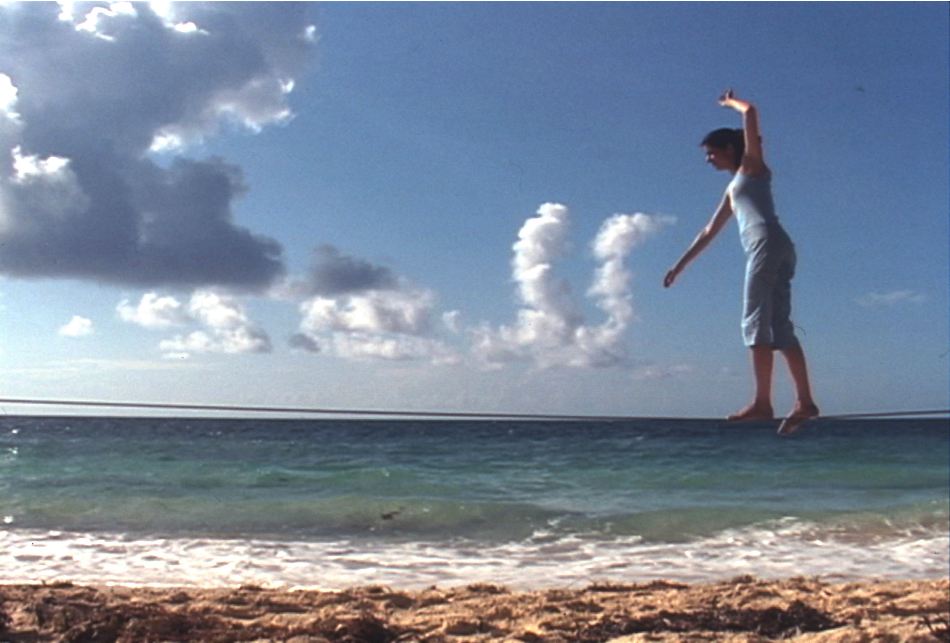
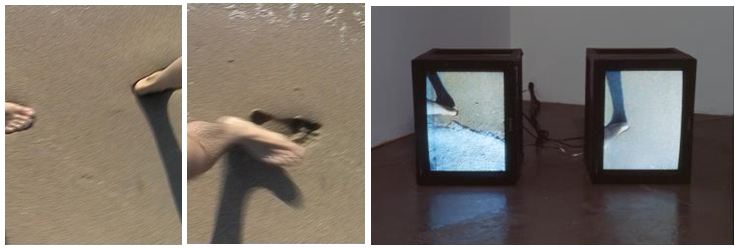
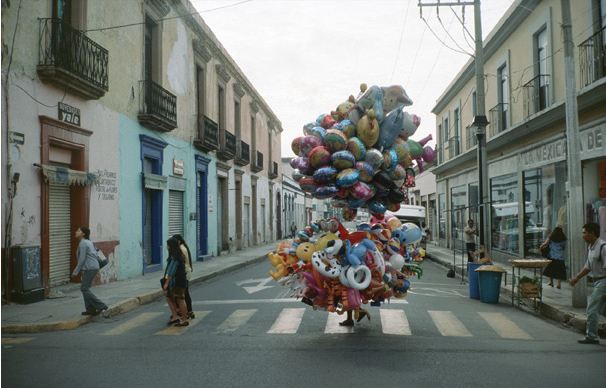


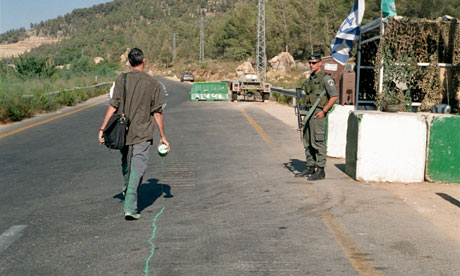

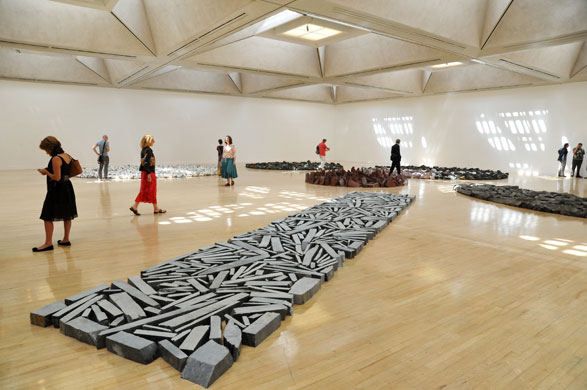
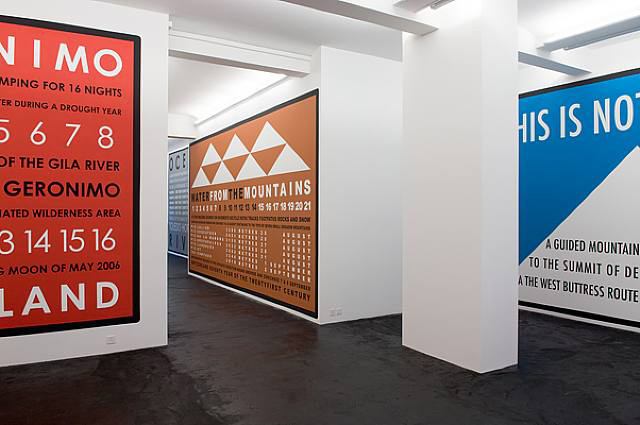
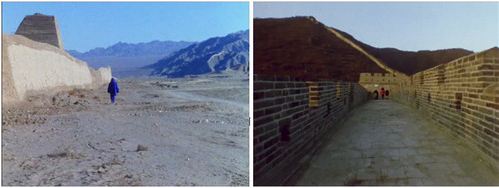

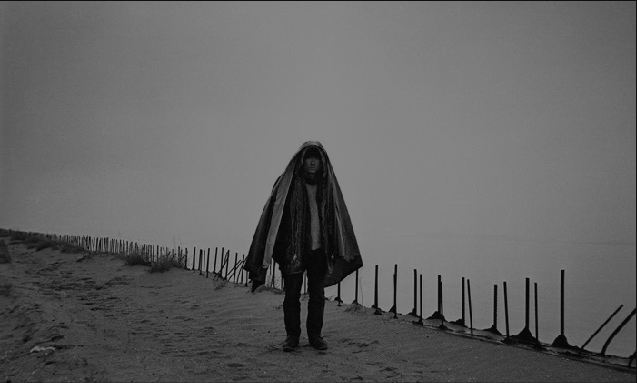
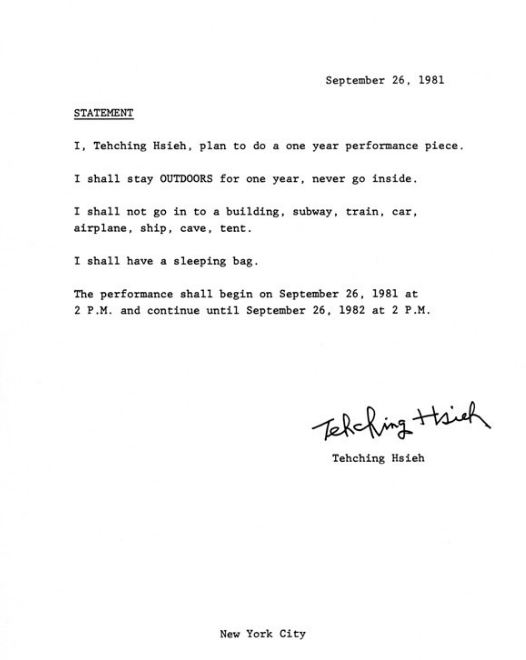
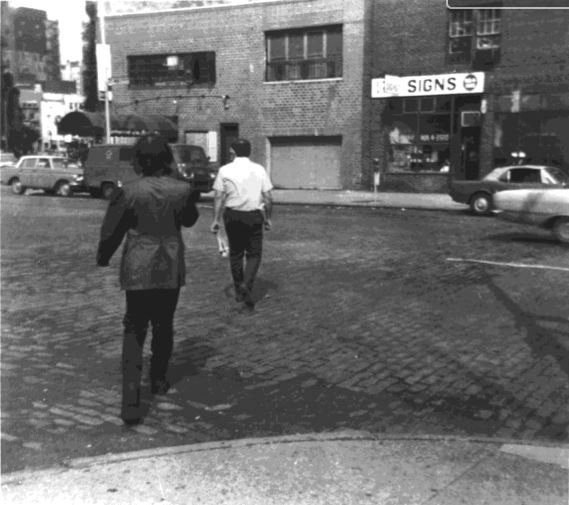
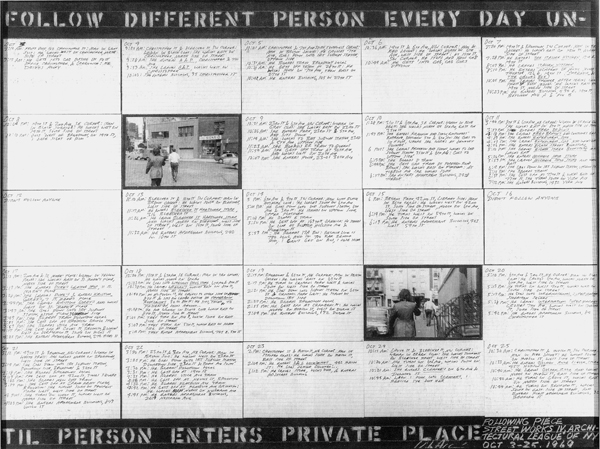


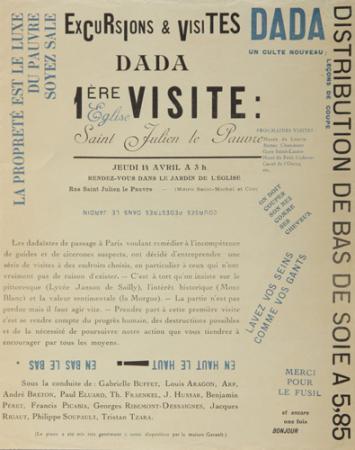
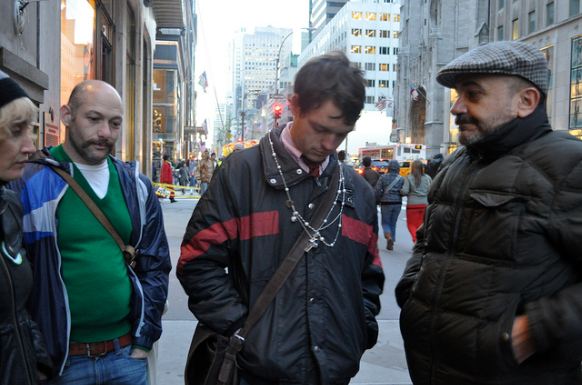
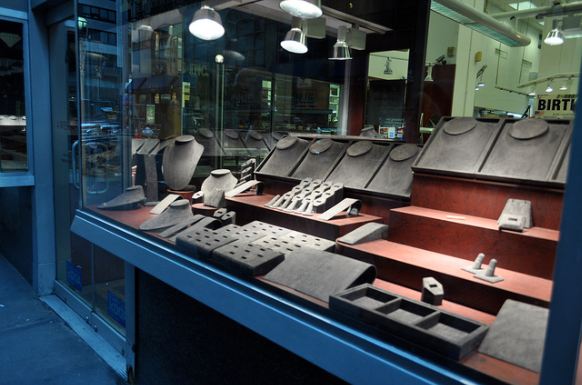
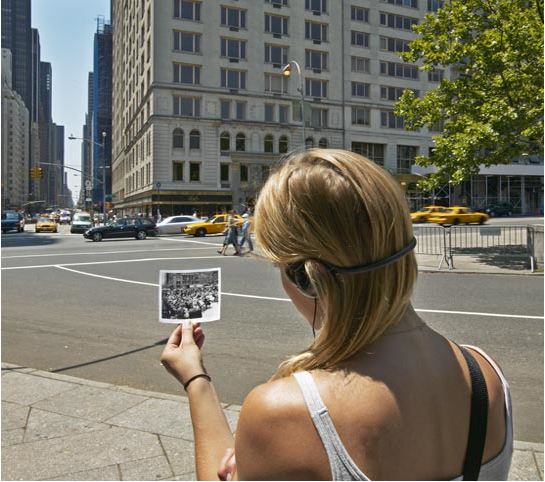
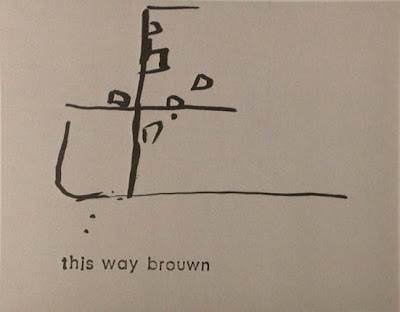
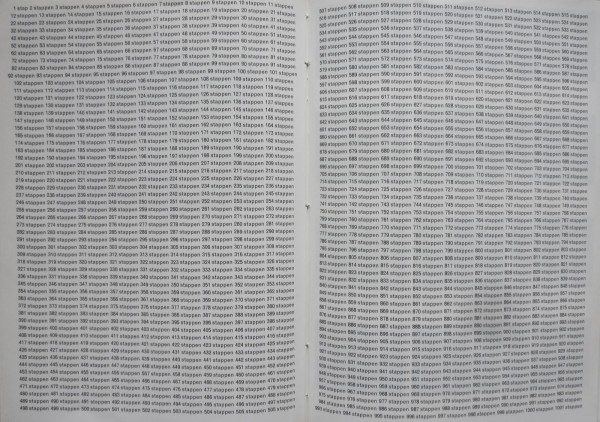



12 comments
You should teach a class on walking for the houston school of art.
Oh and experimental poets & writers like walking too. Check out this great review of walking poetry:
http://jacket2.org/feature/walk-poems
On the great Jacket2.
Kaia Sand is also a great walker. In Remember to Wave and Landscapes of Dissent. And Green-Wood by Allison Cobb.
Xo.
Great post!
Keuhnle walks:
http://vimeo.com/5049238
I’ve written about a couple of walks for Cite. One, on Lower Westheimer, was about how bad a place it is to walk, and what a great promenade it could/should be:
http://offcite.org/2012/08/22/westheimer-on-foot-home-of-the-hip-walk-of-the-brave
The other was on Buffalo Bayou east of downtown–the Ruins of Houston–but I can’t find it online.
Sophie Calle–She’s been both a stalker walker and a stalkee walker.
Love this post!
I was thinking of Sophie Calle also. I’m also a huge Richard Long fan. I love this post.
Dig it, thanks for the good content!
Thanks, Carrie. I look forward to exploring the artists you mention more.
Salvo Cheque: Jimmy Keuhnle also walked from Lawndale to the CAMH in one of his inflatable suits in his performance piece, Kiss the Sky, in 2007.
http://www.youtube.com/watch?v=BlgJPAiNs4o
The suit was then displayed as part of his and Richie Budd’s exhibition at Lawndale, Waiting to Explode.
http://www.jimmykuehnle.com/exhib/lawndale_art_center/waiting_to_explode.php
Winogrand, Eggleston, and about 50 other photographers I know. I respect all of the artists on your list but don’t forget the photogs. Take a look at almost any street photographer and you will see walking as art.
Recognize!
Love this old (but not outdated) post! Thanks! It really made my day!
for the moment I´m sitting in the the north of Sweden and making plans for a walk… I´ve always been drawn to islands, the idea of start a walk in one direction and ending up at the same spot.
thanks again! / Linus
Here are some more:
Jimmy James Canales
http://jimmyjamescanales.com/SATX-ATX-Trex
Bruce Nauman
https://www.youtube.com/watch?v=NtRpUB7J1tU
Art Guys
http://www.theartguys.com/IMAGES/Works/Performance/Suits.Tms.Sq.jpg
http://www.theartguys.com/IMAGES/Works/Performance/bucketfeet.jpg
http://www.theartguys.com/IMAGES/Works/Performance/Blow.thru.jpg
And don’t forget crawling:
William Pope L.
http://forecastpublicart.org/wp-content/uploads/2014/06/PAR43_F_Murray_W_PopeL_Tompkins_172_.jpg
Also see the book by Lucius Burckhardt: Why Is Landscape Beautiful? The Science of Strollology https://www.degruyter.com/view/product/450167?format=B